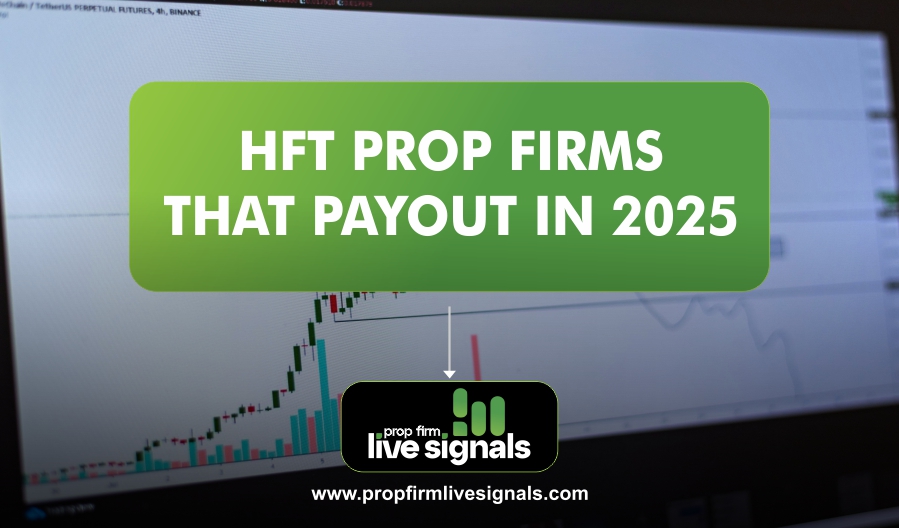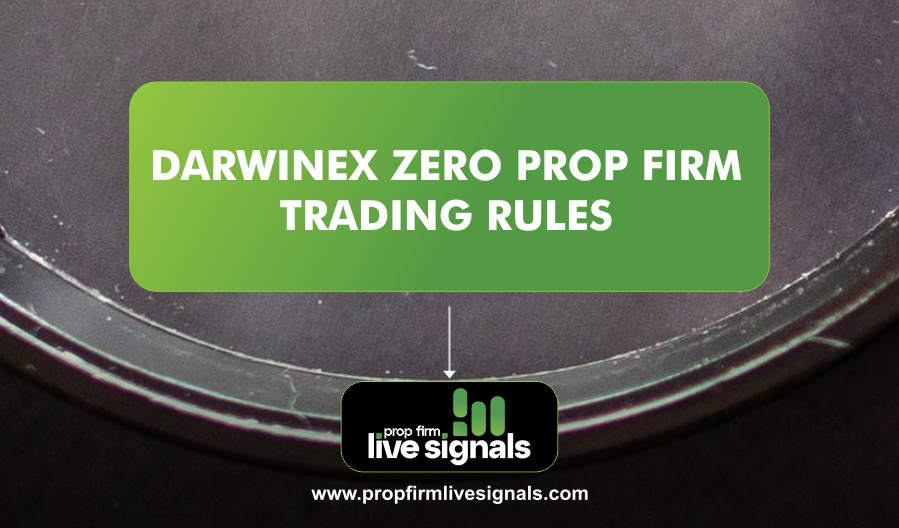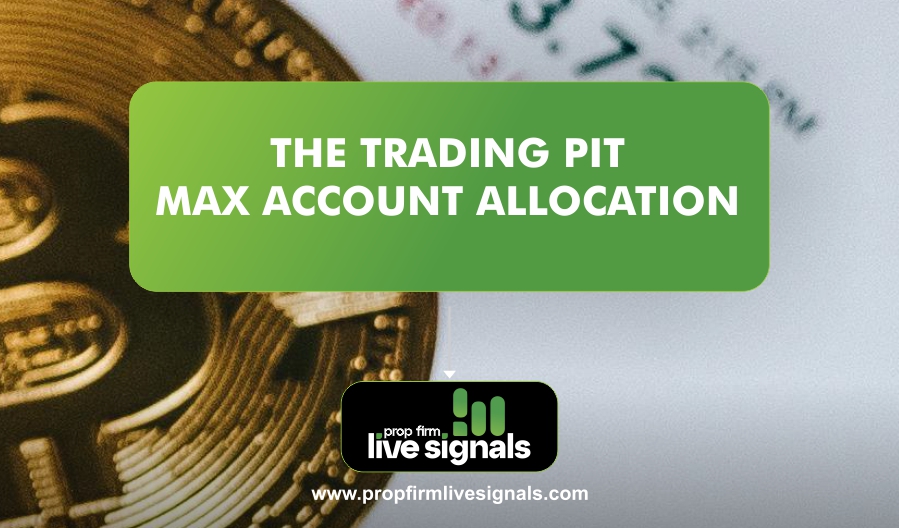Proprietary trading firms, also known as “prop firms,” play a unique role in the financial ecosystem. Unlike hedge funds or investment banks, prop firms trade their own capital instead of managing money on behalf of clients. This allows them to make rapid, high-volume trades without external restrictions, giving them an edge in highly competitive markets. As technology evolves, new trading strategies emerge, and regulatory environments shift, the payout structures of these firms continue to evolve.
For traders looking to break into the world of HFT or those curious about the best-paying prop firms in 2025, this research will provide an in-depth analysis of the leading firms, their payout structures, and factors influencing compensation. Whether you’re an aspiring trader or simply interested in how HFT firms operate, understanding their payment models can be crucial for making informed career decisions.
What is High-Frequency Trading (HFT)?
High-frequency trading (HFT) is a type of algorithmic trading characterized by the rapid execution of a large number of orders within milliseconds. It relies on powerful computing systems, complex mathematical models, and real-time market data to identify and exploit short-term price discrepancies. HFT plays a significant role in modern financial markets by providing liquidity, reducing bid-ask spreads, and enhancing market efficiency.
Characteristics of HFT:
- Speed: HFT firms execute trades in microseconds or milliseconds.
- Volume: These firms engage in thousands, if not millions, of trades daily.
- Algorithm-Driven: Automated trading strategies dictate every trade.
- Market Neutrality: Many HFT strategies aim for minimal exposure to market direction.
- Low Margins: Profits per trade are often minimal, but high trade frequency leads to substantial overall gains.
HFT strategies range from market making and statistical arbitrage to order flow prediction. The success of an HFT firm depends heavily on its technology, connectivity to exchanges, and data processing capabilities.
The Evolution of Proprietary Trading Firms
Proprietary trading firms have been around for decades, but they have significantly evolved with technological advancements. In the past, prop trading was dominated by large banks and institutional investors. However, with the advent of electronic trading and regulatory changes such as the Volcker Rule (which restricted banks from engaging in proprietary trading), independent prop firms have flourished.
Key Milestones in the Evolution of Prop Trading:
- Pre-2000s: Prop trading was primarily conducted by major investment banks.
- 2000s: The rise of electronic trading gave birth to specialized HFT firms.
- 2010s: Regulations limited bank participation, allowing independent prop firms to thrive.
- 2020s: Machine learning, AI, and quantum computing further transformed trading strategies.
- 2025: The dominance of AI-driven, ultra-low-latency trading and decentralized financial instruments.
Prop firms today leverage cutting-edge technologies and highly skilled traders to maintain profitability in increasingly competitive markets.
Leading HFT Proprietary Firms in 2025
Several HFT prop firms have established themselves as industry leaders in 2025. Below are some of the most prominent firms, their key strategies, and their payout structures.
1. Citadel Securities
- Overview: One of the largest market makers globally, Citadel Securities dominates the U.S. equity markets.
- Payout Structure: Base salaries plus performance-based bonuses; some traders earn in the millions.
- Strategy: Market making, arbitrage, and options trading.
2. Jane Street Capital
- Overview: A quantitative trading firm specializing in ETF trading and arbitrage.
- Payout Structure: Base salaries, profit sharing, and large performance bonuses.
- Strategy: Liquidity provision and quantitative trading.
3. XTX Markets
- Overview: A London-based algorithmic trading firm that competes with major banks.
- Payout Structure: High base pay with discretionary bonuses.
- Strategy:Machine learning-driven trading across multiple asset classes.
4. DRW Trading
- Overview: A diversified proprietary trading firm active in futures, options, and cryptocurrencies.
- Payout Structure: Competitive salaries with potential for large profit shares.
- Strategy: HFT market making and macro trading.
5. Jump Trading
- Overview: A firm that focuses on technology-driven proprietary trading.
- Payout Structure: Salary plus substantial performance-based bonuses.
- Strategy: Statistical arbitrage, high-frequency trading, and blockchain technology.
How HFT Prop Firms Structure Their Payouts
HFT prop firms offer a variety of payout structures, depending on the firm’s profitability, the trader’s performance, and market conditions. The common payout models include:
- Base Salary: Guaranteed annual income for traders and researchers.
- Performance Bonuses: Variable bonuses based on individual and firm performance.
- Profit Sharing: A portion of trading profits allocated to traders.
- Equity or Partnership Opportunities: Senior traders may receive ownership stakes.
Some firms pay traders a fixed percentage of their profits, while others have tiered compensation structures where top performers receive the highest payouts.
Factors Affecting Payouts in 2025
Several factors influence how much traders at HFT prop firms earn:
- Market Volatility: Higher volatility often leads to greater trading opportunities and profits.
- Regulatory Environment: Changes in financial regulations can impact firm profitability.
- Technological Advancements: Faster execution speeds and AI-driven strategies enhance profitability.
- Liquidity Conditions: The availability of liquidity in the market affects trading efficiency.
- Competition: The number of competing HFT firms can impact profit margins.
Conclusion
HFT prop firms in 2025 continue to offer lucrative payout structures for skilled traders. With the rapid advancement of trading technology, firms like Citadel Securities, Jane Street, and XTX Markets remain dominant players. For those looking to enter the industry, strong analytical skills, coding expertise, and market knowledge are essential. As financial markets evolve, the opportunities within HFT prop firms will continue to expand, making them attractive destinations for talented traders and quants alike.
Frequently Asked Questions (FAQs)
What qualifications are required to work at an HFT prop firm?
Most firms require strong quantitative skills, programming proficiency (Python, C++), and knowledge of financial markets.
How much can traders make at HFT prop firms?
Compensation varies widely. Entry-level traders can earn $100,000–$200,000, while experienced traders may earn millions annually.
Do HFT firms operate in crypto markets?
Yes, many HFT firms actively trade cryptocurrencies using similar algorithmic strategies as traditional markets.




